Genomic integration of DNA templates is made more precise through microhomology-focused design.
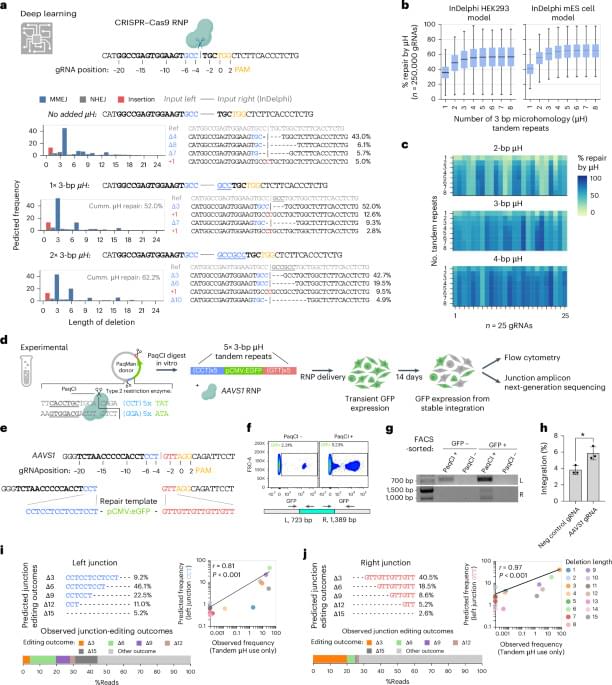

Spinal Cord Restoration, Head Transplants & Beyond — The Rise And Future Of Transplantation Neurosurgery — Dr. Michael Lebenstein-Gumovski, Ph.D. — Senior Scientific Officer, Sklifosovsky Emergency Medicine Institute, Moscow, Russian Federation
Dr. Michael Lebenstein-Gumovski, Ph.D. is Senior Scientific Officer and Neurosurgeon, in the Neurosurgery Department, of the Sklifosovsky Clinical and Research Institute for Emergency Medicine, Moscow, Russian Federation (https://sklif.mos.ru/), where his team is engaged in both neurosurgical and experimental practice, conducting advanced research in the field of spinal cord injury restoration, spinal cord transplantation and head transplantation.
The Sklifosovsky Institute for Emergency Medicine is a large multidisciplinary scientific and practical center dealing with problems of emergency medical care, emergency surgery, resuscitation, combined and burn trauma, emergency cardiology and acute poisoning.
Since 2013, Dr. Lebenstein-Gumovski has been studying spinal cord injury, and also developing methods for restoring the full functional and morphological repair of the spinal cord.
Dr. Lebenstein-Gumovski’s work is aimed at studying the effect of fusogens on nervous tissue, developing new methods and techniques for treating spinal cord injury, developing methods for its resection and transplantation. The lab develops and studies various methods of neuroprotection, combining methods to achieve better results and the current focus is the study of combination fusogen-induced (PEG-chitosan, Neuro-PEG) axonal restoration of the spinal cord after its complete transection.
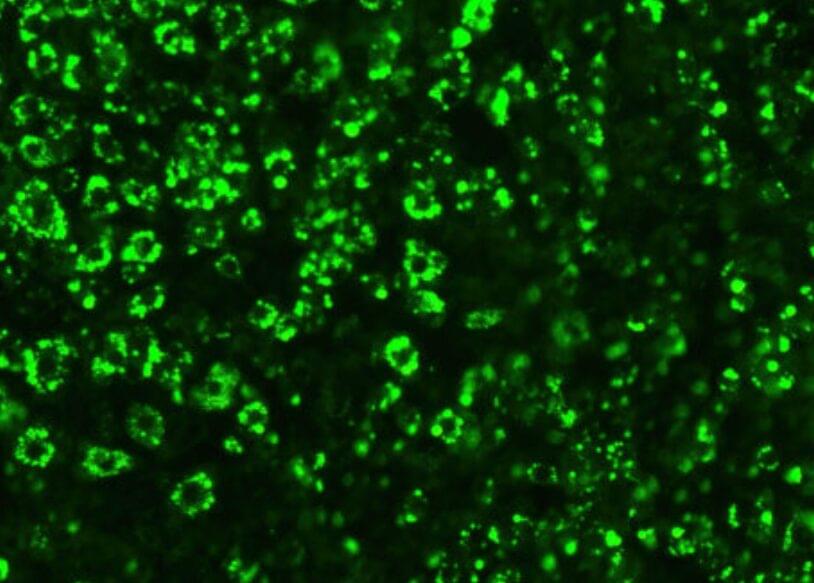
Like bees breathing life into gardens, providing pollen and making flowers blossom, little cellular machines called mitochondria breathe life into our bodies, buzzing with energy as they produce the fuel that powers each of our cells. Maintaining mitochondrial metabolism requires input from many molecules and proteins—some of which have yet to be discovered.
Salk Institute researchers are taking a closer look at whether mitochondria rely on microproteins—small proteins that have been difficult to find and, consequently, underestimated for their role in health and disease. In their new study, a microprotein discovered just last year at Salk, called SLC35A4-MP, was found to play a critical role in upholding mitochondrial structure and regulating metabolic stress in mouse fat cells. The findings plant the seed for future microprotein-based treatments for obesity, aging, and other mitochondrial disorders.
The study, published in Science Advances on August 29, 2025, is part of a series of recent discoveries at Salk that showcase the functional importance of microproteins in cellular biology, metabolism, and stress.
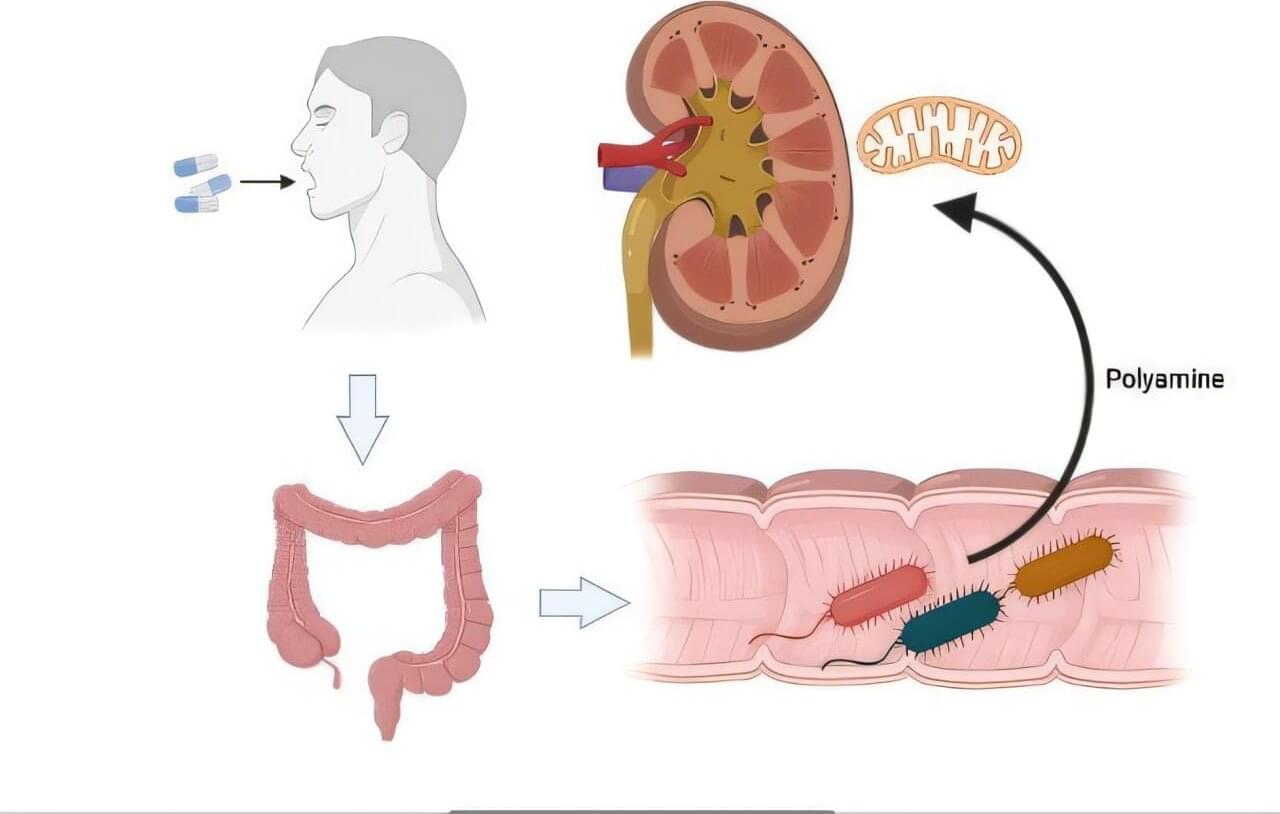
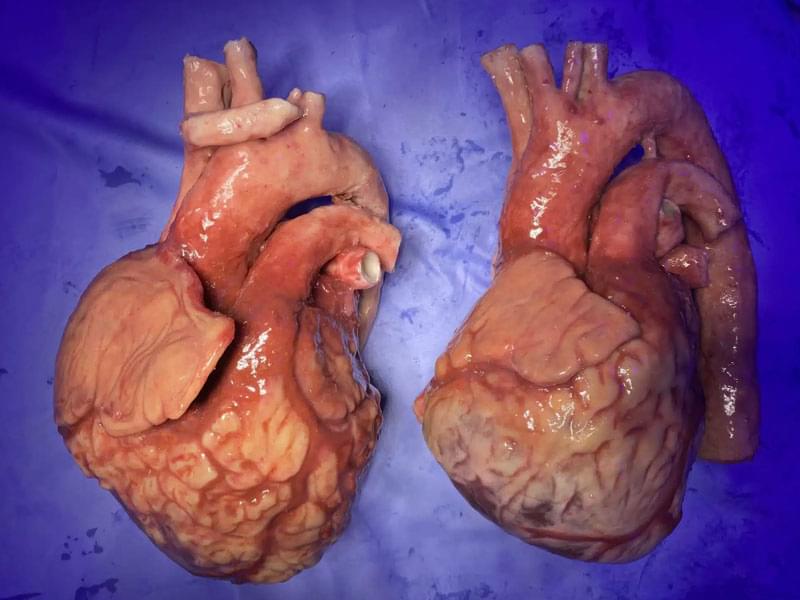
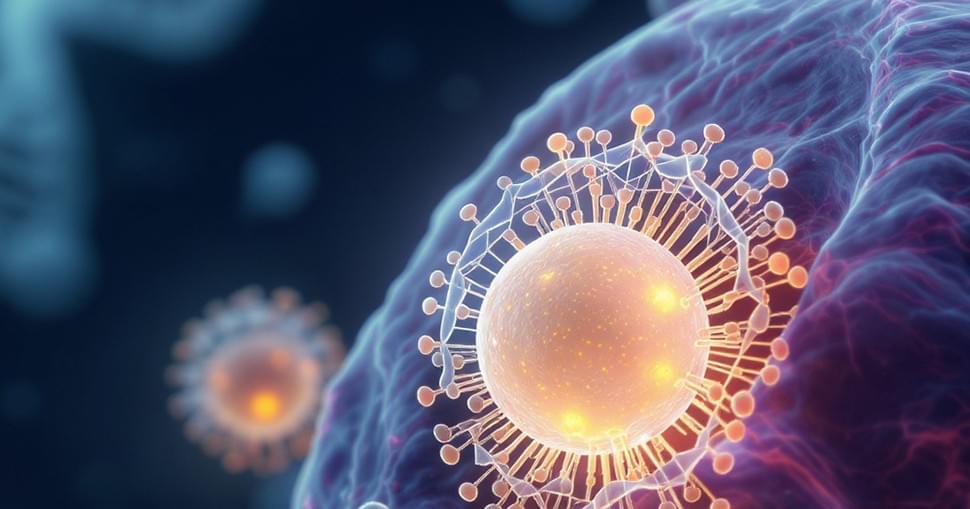
EVANSTON, IL. — With the power to rewrite the genetic code underlying countless diseases, CRISPR holds immense promise to revolutionize medicine. But until scientists can deliver its gene-editing machinery safely and efficiently into relevant cells and tissues, that promise will remain out of reach.
Now, Northwestern University chemists have unveiled a new type of nanostructure that dramatically improves CRISPR delivery and potentially extends its scope of utility.
Called lipid nanoparticle spherical nucleic acids (LNP-SNAs), these tiny structures carry the full set of CRISPR editing tools — Cas9 enzymes, guide RNA and a DNA repair template — wrapped in a dense, protective shell of DNA. Not only does this DNA coating shield its cargo, but it also dictates which organs and tissues the LNP-SNAs travel to and makes it easier for them to enter cells.
New system delivers CRISPR machinery more safely and effectively into cells.
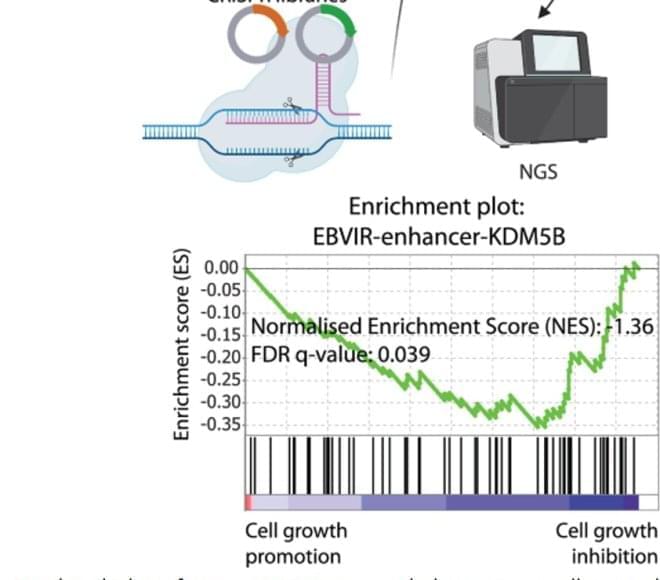
Lymphoid structures and thermogenic adipose tissue interplay!
The presence of active thermogenic adipose tissue (TAT) has been related to better cardiometabolic health.
While immunity and metabolism were once considered distinct domains, emerging evidence highlights the critical role of infiltrated immune cells in orchestrating the development and activation of TAT. Despite this novel function of infiltrated immune cells, scarce research has focused on the role that organized lymphoid structures like lymph nodes (LNs) and lymphatics exert on TAT metabolism.
The presence of peripheral LNs relates to a higher browning and thermogenic capacity of the surrounding fat, at least in part, through the secretion of factors like IL-33 and CCL22, and the higher number of BST2-beige adipocyte progenitors compared to more distant fat.
The lymphatic vasculature also influences TAT function and adaptive thermogenesis through the secretion of neurotensin by the lymphatic endothelial cells.
Future research should elucidate whether exploiting the lymphoid tissue– TAT axis could constitute a potential therapeutic target to activate TAT. #sciencenewshighlights #ScienceMission https://sciencemission.com/lymphoid-structures-and-thermogenic-adipose-tissue
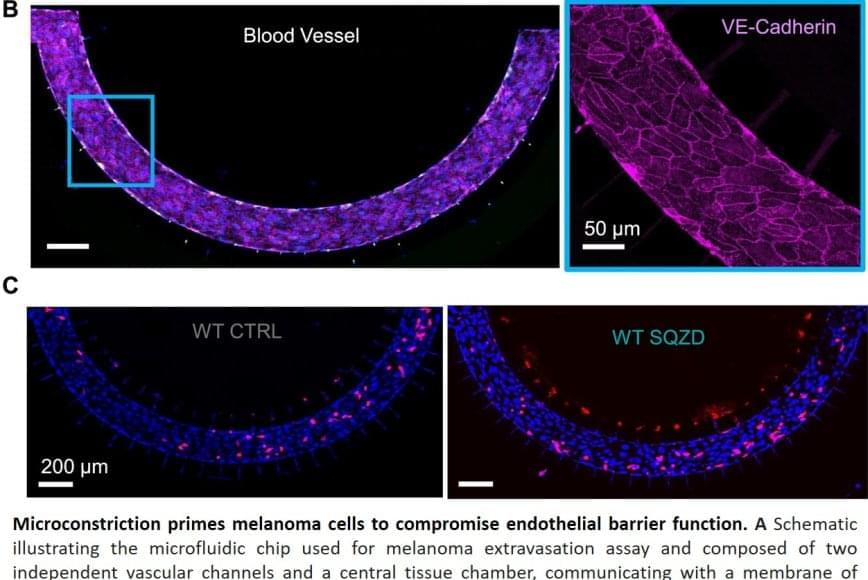
Nine of the 10 most common cancer deaths are caused by solid tumours, but in most cases it’s the cancer’s spread to other parts of the body – known as metastasis – that proves fatal.
Now, researchers have uncovered a potential trigger for metastasis: the squeezing of cancer cells by the tiniest of veins that transforms them into a different type of cell now able to form new tumors.
In a study published in Nature Communications, the scientists described how they constructed a biomedical device that simulated blood flow through our narrowest blood veins. They showed that when human melanoma cancer cells are forced through channels narrower than 10 micrometres – about a fifth the width of a human hair – they begin to behave more like stem cells, gaining traits that could help them survive, spread, and form new tumors.

Spaceflight makes certain human stem cells age faster, a new study has found, furthering scientists’ understanding of the potential effects of space exploration on the human body.
Stem cells are found throughout the body, and they can make more of themselves or turn into other specialized cells — including blood, brain or bone cells — for maintenance and repair.
“In space, stem cells decline in function,” said lead study author Catriona Jamieson, director of the Sanford Stem Cell Institute and professor of medicine at the University of California, San Diego School of Medicine. “They actually reduce their ability to renew themselves or regenerate, and that’s an important thing to be able to know for long-term space missions.”
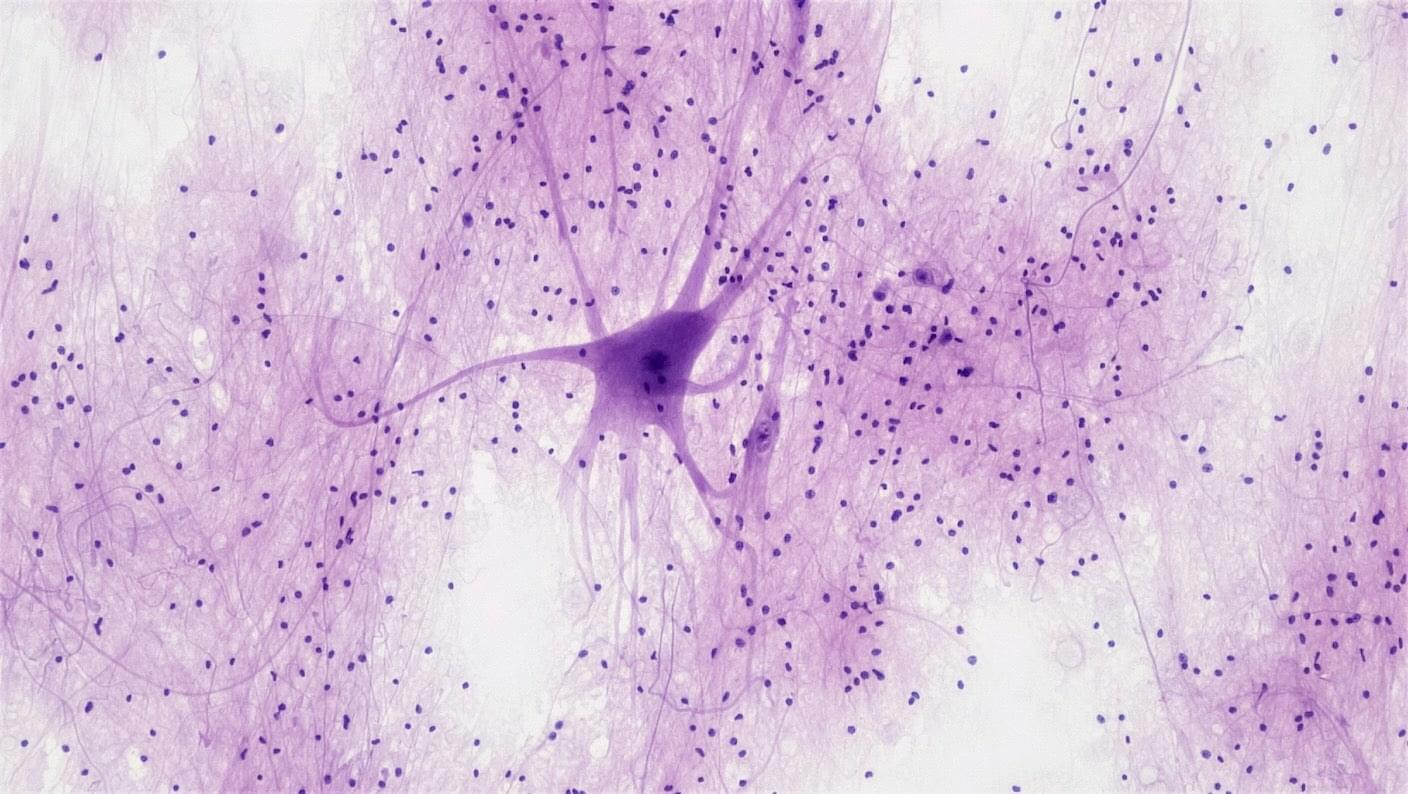
Watching the robot crawl around is amusing, but the study’s main goal is to see if a biohybrid robot can form a sort of long-lasting biological “mind” that directs movement. Neurons are especially sensitive cells that rapidly stop working or even die outside of a carefully controlled environment. Using blob-like amalgamations of different types of neurons to direct muscles, the sponge-bots retained their crawling ability for over two weeks.
Scientists have built biohybrid bots that use electricity or light to control muscle cells. Some mimic swimming, walking, and grabbing motions. Adding neurons could further fine-tune their activity and flexibility and even bestow a sort of memory for repeated tasks.
These biohybrid bots offer a unique way to study motion, movement disorders, and drug development without lab animals. Because their components are often compatible with living bodies, they could be used for diagnostics, drug delivery, and other medical scenarios.